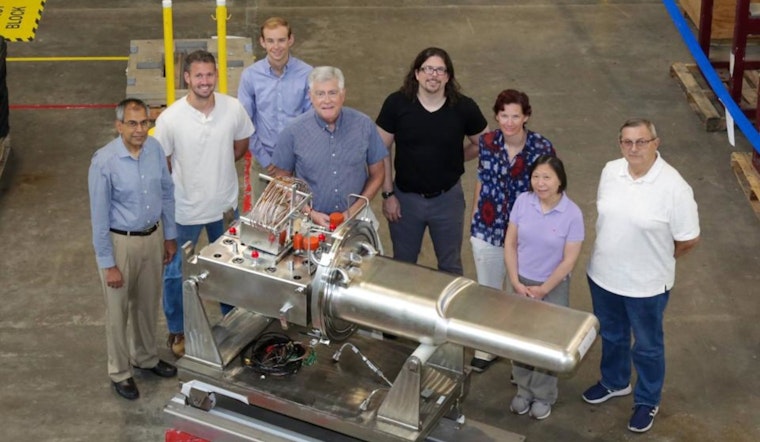Scientists at Oak Ridge National Laboratory’s Spallation Neutron Source (SNS) have marked a significant advancement by running their Proton Power Upgrade (PPU) project for 1,250 hours at an impressive 1.7 megawatts of proton beam power on a new target. These figures, highlighting the project’s success, are paving the way for the upcoming Department of Energy project completion review set for January 2025. The SNS, employing a spallation process, produces neutrons which are critical for research across a diverse spectrum of fields including physics and biology.
The newly developed target, capable of enduring the considerably heightened proton beam power, stands as a testament to the groundbreaking work done by the SNS team. According to a
statement obtained by Oak Ridge National Laboratory
, Jens Dilling, associate laboratory director for the Neutron Sciences Directorate, expressed his admiration for the achievement: “Operating a newly upgraded, world-class science facility for 1,250 hours right out of the gate is remarkable in its own right, but doing so with an availability level of over 96% is amazing.” These efforts not only enhance neutron scattering research but also bolster the U.S. economy by finding answers to energy, security, and transportation challenges.
The enhancements were made possible through the tireless efforts of the SNS team who worked for six years, including during the global pandemic, to deliver the project not only ahead of schedule but also under budget. Mark Champion, the PPU Project Director,
has been quoted
recognizing the dedication of all involved: “After six years of innovative planning and hard work, including persevering through a global pandemic, the project was delivered ahead of schedule and under budget.”
Furthermore, the development includes a 2.0-megawatt mercury target for the First Target Station and an extension for future expansion. Drew Winder, SNS’s Source Development and Engineering group lead,
emphasized
the robustness of the new target: “The new target was designed from the ground up, using all we’d learned from years of operation, and supports higher gas injection flows.” Not only does this provide the facility with the bandwidth to handle greater scientific workloads, but it also sets the stage for increased capability to directly support upcoming projects like the Second Target Station.
As the facility moves forward, researchers can look forward to more powerful and precise experiments thanks to an approximately 20% increase in neutron flux, made possible by these upgrades. SNS and HFIR will remain valuable resources for scientists worldwide as DOE Office of Science user facilities, with ORNL managed by UT-Battelle for DOE’s Office of Science as a leader in supporting basic physical sciences research.
Note: Thank you for visiting our website! We strive to keep you informed with the latest updates based on expected timelines, although please note that we are not affiliated with any official bodies. Our team is committed to ensuring accuracy and transparency in our reporting, verifying all information before publication. We aim to bring you reliable news, and if you have any questions or concerns about our content, feel free to reach out to us via email. We appreciate your trust and support!



Leave a Reply